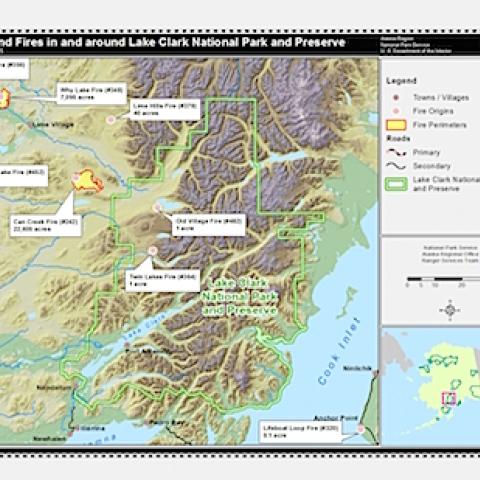Wildfires Scattered Across National Park System In West, Alaska

Hot, dry conditions are feeding wildlfires in Alaska and in some National Park System units in the western half of the Lower 48.
- By NPT Staff - June 23rd, 2015 4:21pm






